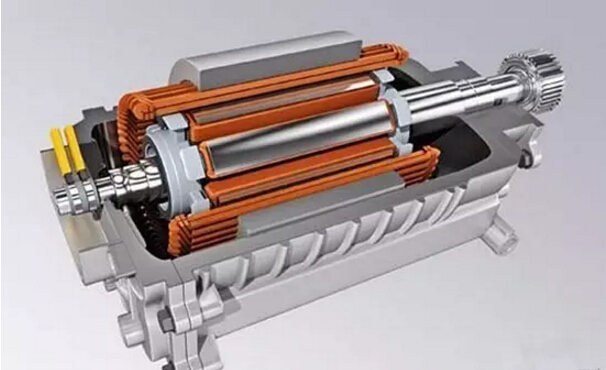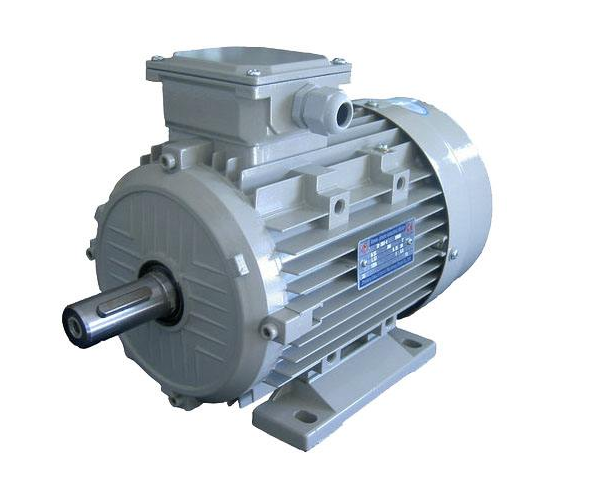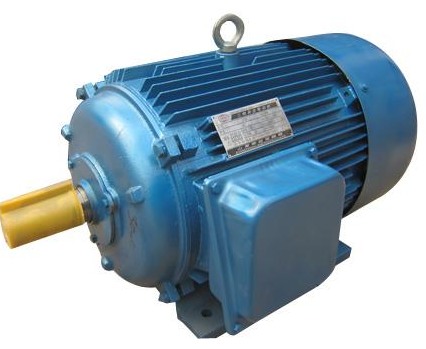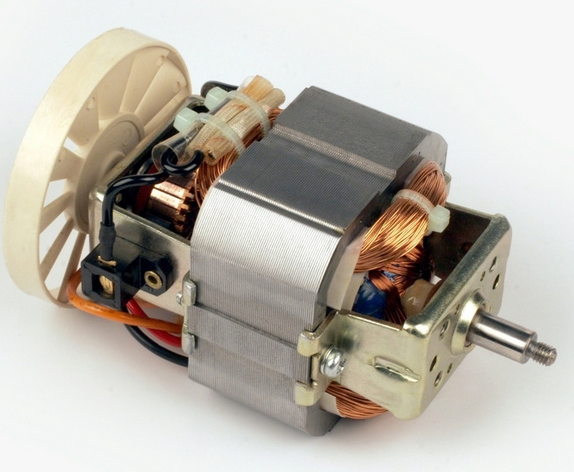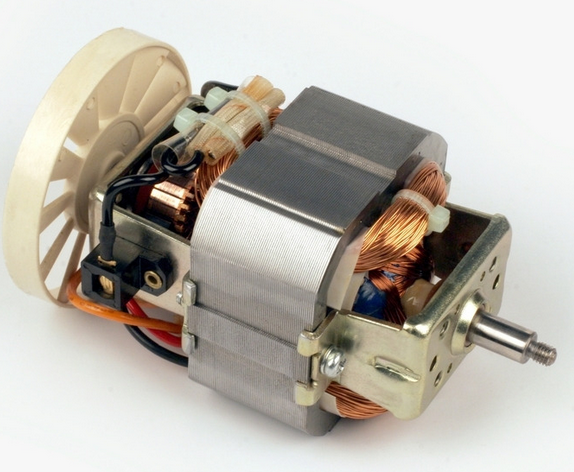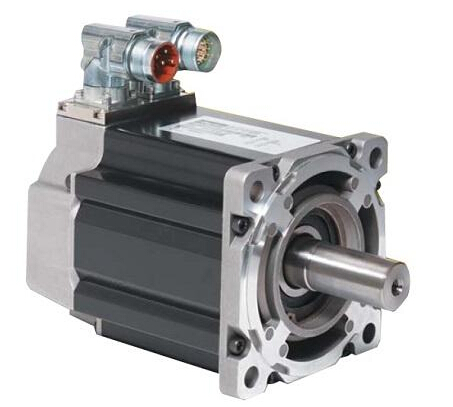High-speed motors, also called spindle motors, in a broad sense, high-speed motors can also be called electric spindles, high-speed electric spindles, etc., usually referred to as motors with speeds exceeding 10,000 r/min.
They have the following advantages: First, due to the high speed, the motor power density is high, and the volume is much smaller than the ordinary motor, which can effectively save materials; the second is that it can be connected with the prime mover, the traditional speed reduction mechanism is eliminated, and the transmission efficiency is high. The noise is small; the third is because the high-speed motor has a small moment of inertia, so the dynamic response is fast.
The development status of the global motor industry

The application of electric motors in today's world is very extensive. It can even be said that there is a motor in the place where there is movement. According to the AIEE survey data of the American Society of Electrical Engineers, the global industrial motor market in 2016 was 613.88 billion US dollars, and the compound growth rate in 2009-2016 was 7.84%. The market size is expected to grow to $653 billion in 2017.
Global high-speed motor industry competition pattern
From the scale of the world motor market, Europe, the Middle East and Africa account for 37.8% of the total sales of hardware, software and peripherals of motor systems worldwide, with Japan accounting for 25.1% and North America accounting for 19%. Excluding Japan) accounted for 17.2%, of which China accounted for 12.5%.
The motor market in developed countries has shown a monopolistic competition.
In recent years, the competition in the international motor market has become increasingly fierce, and the price has reached a nearly critical level. In addition to special motors, special motors, and large motors, general small and medium-sized motor manufacturers are difficult to maintain their foothold in developed countries. China has a big advantage in terms of labor costs. On the other hand, the Chinese market has become the focus of global corporate competition. Therefore, due to many considerations such as efficiency, technology, resources, labor costs, etc., motor manufacturers in many developed countries in the world are shifting to China, and they continue to compete in the form of sole proprietorship or joint venture. Foreign companies have different forms of enterprises in China. More and more offices and agencies have made the domestic market more competitive. The transformation of the world's industrial structure is a challenge and an opportunity for Chinese companies. This is an excellent opportunity to promote the scale and grade of the Chinese motor industry, enhance product development capabilities and be in line with international standards.
















 RCCN WeChat QrCode
RCCN WeChat QrCode Mobile WebSite
Mobile WebSite